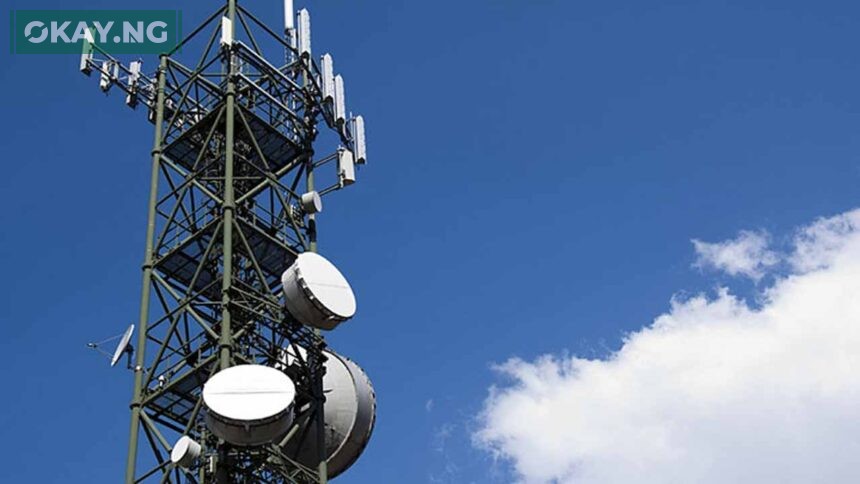In the first quarter of 2023, Nigeria’s telecommunications and Information Services sector made a significant financial value contribution of N2.508 trillion to the nation’s gross domestic product (GDP), accounting for 14.13 percent.
This data, released by the National Bureau of Statistics (NBS), indicates a 4.3 percent increase compared to the previous quarter of 2022, which recorded 13.55 percent.
On a year-on-year basis, the sector’s growth exhibited a positive progression from 12.94 percent in the first quarter of 2022 to the 2023 figure of 14.13 percent, reflecting a notable growth rate of approximately 9.19 percent.
The percentage of telecom contribution to GDP was calculated from 46 distinct sectors of the economy, which encompass the telecom and information services baskets.
The continuous positive outlook of Nigeria’s telecom industry can be attributed to the innovative and predictable telecom regulatory environment fostered and implemented by the Nigerian Communications Commission (NCC).
One noteworthy highlight of the sector’s performance during this period was the revenue generated for the federal government through 5G spectrum license fees.
The three winning operators, namely MTN, MAFAB, and Airtel, collectively paid $820.8 million for these licenses.
Both MTN and MAFAB, which received their licenses in December 2021, have already launched 5G services.
Airtel, on the other hand, is scheduled to launch its services this month, June 2023, following the acquisition of its license in December 2022.
Another significant development in the sector was the introduction of Starlinks broadband services, which provide satellite-based wireless broadband with the potential for nationwide coverage.
This expansion occurred after the Nigerian Communications Commission issued a license to SpaceX, owned by Elon Musk.
Currently, Starlinks broadband services are available in various parts of the country, further enhancing connectivity.
The telecom industry’s growth statistics demonstrate an impressive record of contributions to the economy. As of April 2023, the number of phone subscribers reached 223.6 million, indicating a teledensity of 117 percent.
Internet subscribers for the same period amounted to 157 million, while broadband subscriptions stood at 92 million, resulting in a broadband penetration rate of 48 percent across the country.












